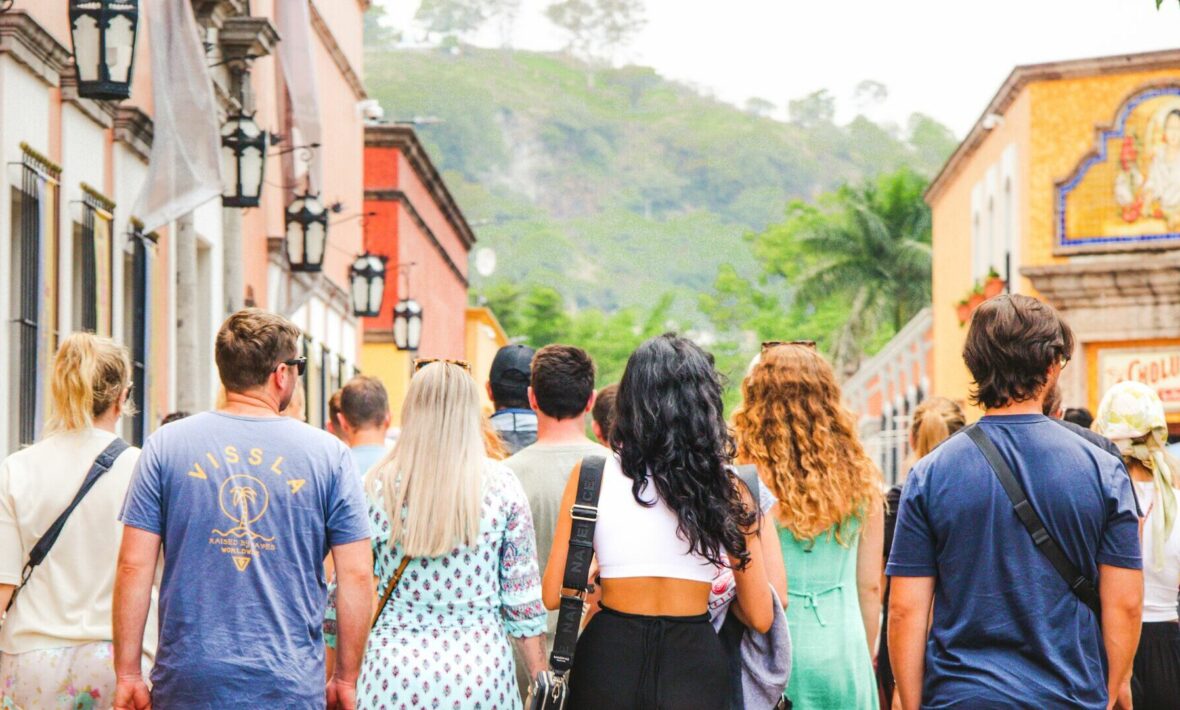 Photo: Contiki
Photo: Contiki
Equality is something our world is striving towards more than ever, and when it comes to trans rights we might all be able to learn a little something from Mexico’s third gender. Yep, in the Oaxaca region of Mexico there is he, she and Muxe.
Muxe can be defined as persons who were born with male genitalia that choose to live or dress as a woman. This can vary according to the individual – some prefer to wear makeup, while others will seek gender affirming surgeries. The one thing they have in common though in the town of Juchitán, is that Muxe reign supreme. Every year Juchitán has a three-day long festival called Vela de las Intrépidas, where they celebrate and recognise the Muxe in their town, crowning one of them ‘Queen’ for the year.
In Mexican culture, where being ‘macho’ is the norm for men, it’s surprising how readily accepted Muxe’s are. If you look back at the history of the area and its people though, it’s suddenly far less surprising. Muxe is a Zapotec word (a civilisation who were indigenous to the area before Spain conquered the region) and interestingly enough, in Zapotec there are no feminine or masculine pronouns, no one was he or she, just ‘that person’ or ‘this person’.
Of course Muxe weren’t always an accepted part of society, but ancient artefacts have been found in the area that mention a fluid gender identity for the Zapotec people, and in the last 60 years hurdles have been overcome and barriers broken down to give Muxe an equal place in society. They have a unique freedom not readily found elsewhere in Mexico, to embrace their identity and have others accept them just as they are.
Oaxaca is also a matriarchal society, meaning women are the head of their households and tend to call the shots on what is right for the family and community. Muxe play an important role in this society too by looking after their parents as they age, earning them much respect in the family. They are dedicated workers who often put the family first and support them by paying the bills. Because of their femininity and the ability to provide for their families, Muxe are often celebrated and revered.
One of the most important things to understand about Muxe is that they are not considered transgender or transsexual in the Western sense. They’re a distinct group with their own ways of thinking, feeling and living, and it doesn’t much look like what we might expect from trans communities. In fact, some Muxe look down on fellow Muxe who go to the big cities for surgery and come back looking like Westernised women. There are shades of grey in all communities and in Juchitán, Muxe usually dress up in traditional clothing worn by other women in the area and that is considered the norm.
There are of course discriminations still. While the Muxe themselves are accepted, often their partners are not. This is why Muxe are great providers for their family, since they are not legally allowed to marry. Muxes’ don’t identify as homosexual, they are a third gender, so it’s seen as acceptable for them to date men, but for a man to date a Muxe is a different story. The town will sometimes shun or avoid a Muxe if they are seeing someone, not allowing them to come to church or not buying their food or clothing at the markets.
Regardless, it’s a huge step forward in terms of recognising that the gender spectrum isn’t just black and white. You can check out more about Muxe in the National Geographic documentary below. We highly recommend a watch to see first hand the love the people in this region have for their fellow humans.

